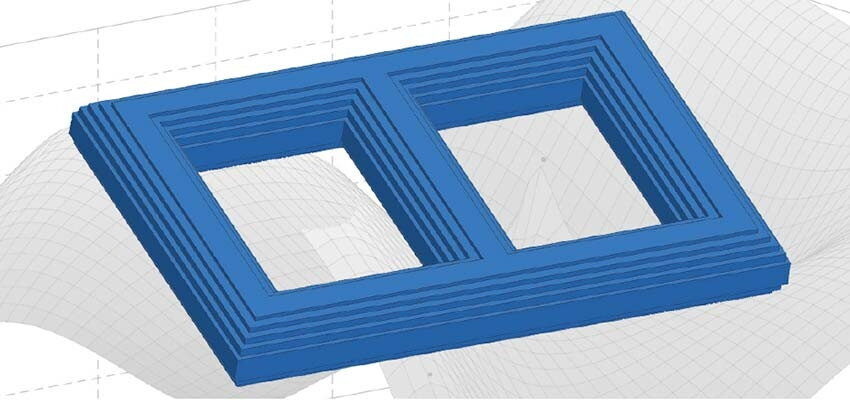
Determining transformer core losses based on investigation of core material behaviour during test and operation – mathematical interpretation
Abstract By identifying the characteristic equation of the specific no-load losses of each iron sheet based on the core configuration, it is possible to reach...
byAhmed Gamil, Franz Schatzl

Abstract
By identifying the characteristic equation of the specific no-load losses of each iron sheet based on the core configuration, it is possible to reach a high level of accuracy in detecting no-load losses over a wide range of flux density. The method is applicable and frequently used for reference as well as for new sheet types that appear on the market. The results presented in this paper are based on one year experience, showing that the total weight and volume of transformers have clearly been reduced.
Keywords: transformers, core parameter, core corners, Reference Sheet Type (RST), New Sheet Type (NST), building factor
Introduction
No-load losses are a very important aspect of the grid operation quality, especially in sectors where the power flow is not continuous. The determination of no-load losses in power transformers is dependent mostly on its core, relying either on some initial data from the sheet manufacturers, on reference measurements of standard sheet types conducted with consideration of correction factors, or on simulation tools depending on the two previous information sources, which cannot be used for daily design.
Most of the recent research work has attempted to find the best separation in no-load losses between hysteresis losses and eddy current losses. However, this interpretation is not sufficient for the manufacture of transformer cores because it fails to consider the building factor, which differs for materials and manufacturing processes.
In this article a new approach is introduced to determine the total no-load losses in core-form power transformers to identify the specific no-load losses Pspc (W/kg) during transformer operation and test. The separation in this approach is based on the geometry of the core (separation between the losses in linear and non-linear regions of the core). The work is based on 50 Hz operation; however, converting the result to any other frequency is simply done by the inverse proportional factor referenced to 50 Hz.







